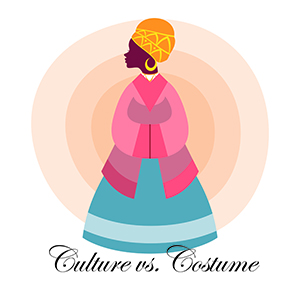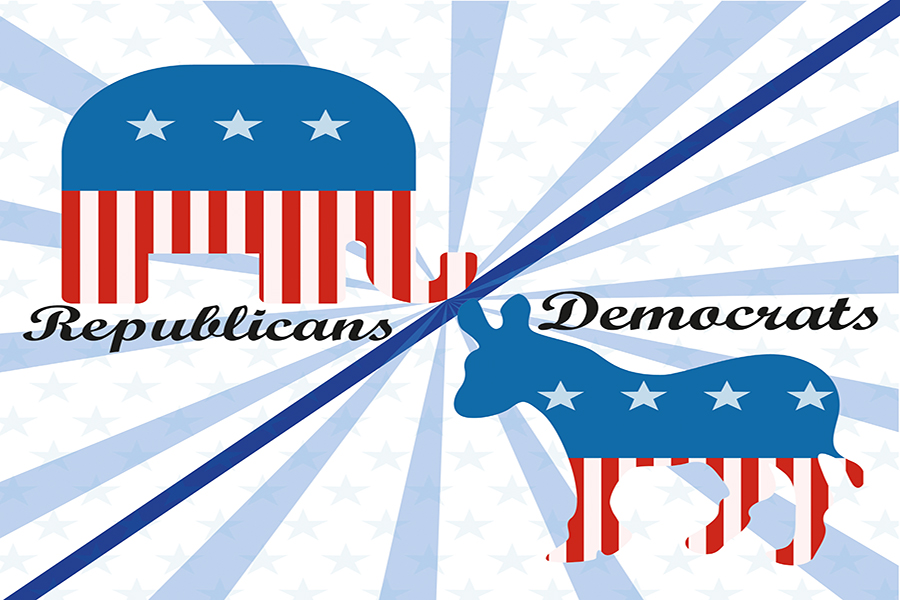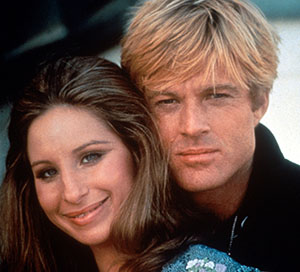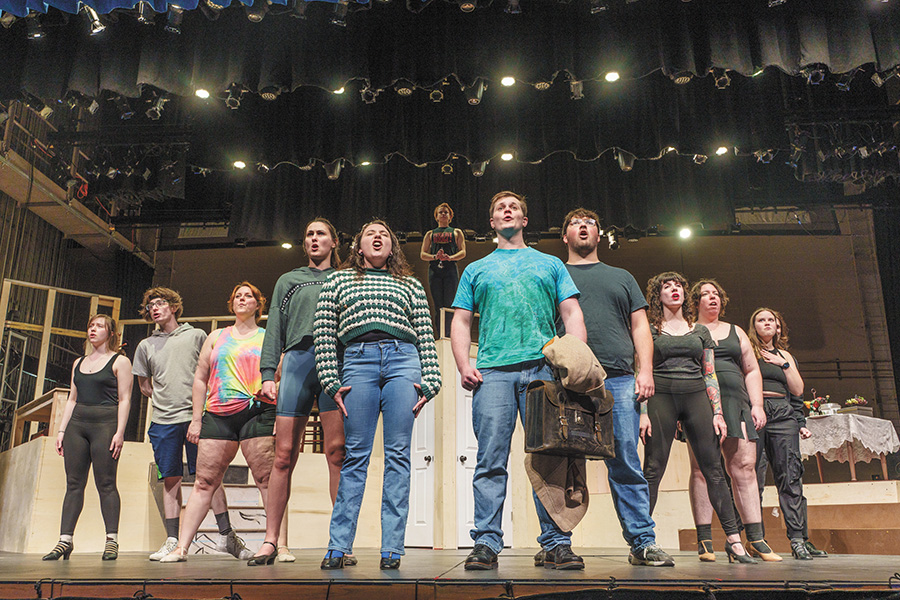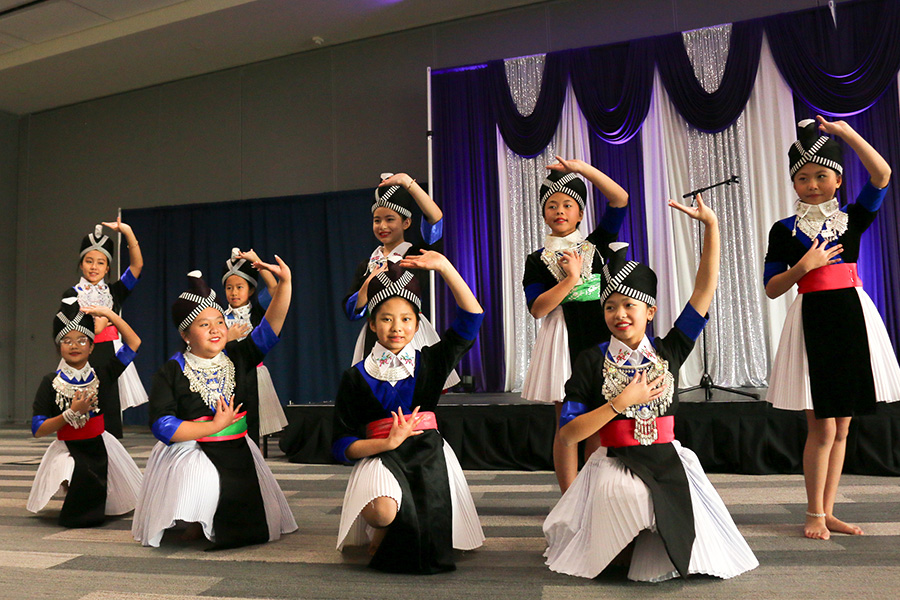Denis Villeneuve electrified with the second installment of the new critically acclaimed movie series adapting the old sci-fi classic of “Dune.”
The pacing and genre of the movie have changed considerably in comparison to the first film, and it works for the same reason “Star Wars: The Empire Strikes Back” worked as a sequel to “A New Hope.” Previously romanticized themes like nationalism and religious fervor are shown in a sinister light.
An impression of a real, gritty struggle involving the complex motivations of enigmatic characters makes the moments of action and triumph feel like a brass band in a pitch black room.
Stunning visuals and well thought out sound engineering are collectively praised, while every deviation from the original plot is examined in detail. As with any alterations to the deal, many pray they do not alter it any further.
There is no shortage of opinions over the change in Zendaya’s character, Chani. Chani is painted in the book as an understanding and motherly figure for Paul, her people’s messiah, and putting Chani in the group of unbelieving youths was a change the movie brought about. There can be no doubt this is a reflection of the prevalence of neo feminism.
Chani’s character as written in the book would’ve never flown in modern media. While diehard fans of the book want accurate representation, it’s important to note that a complacent and subservient female lead is not what broader audiences want to see.
Audiences do want to see a character given the screentime to develop, and that is delivered in the case of Chani as well as across the board.
Expanding the adaptation into two movies instead of one allowed for a greater exploration of the characters. The lady Jessica is allowed the runtime to properly express her vision for Paul and her pressure on him to follow the plans of the Bene Gesserit is communicated with clarity.
In addition, Paul and Chani’s relationship didn’t feel rushed. This was an issue David Lynch’s adaptation of Dune ran into, although many issues can be chalked up to circumstances of the times. Audiences have since become accustomed to longer runtimes over the past two decades.
A sudent, Callum Stiefel, stated that even with the long runtimes, it felt like looking away for a second could easily cause one to lose track of the plot.
He’s right. Every moment is jam packed with little alterations to our impression of the characters, such that it would be easy to become confused at the actions of a character without a properly updated cumulative understanding.
Dune is about a great many things, but the element Villeneuve captures in completion is the ever shifting social landscape.
Even secondary characters like Stilgar are altered by the winds of change. His blind faith for Paul turns from an ameliorative salve to a dangerous catalyst for the foreshadowed genocide. While at first he teaches Paul the way of the Fremen, he eventually pushes Paul away from his compassion for the Fremen people and into the role of a tyrant.
No two characters treat each other exactly the same way in any scene, relationships constantly evolve.
Without stretching the original plot of the book or boring audiences with inconsistent pacing, Dune 2 is a true adaptation of Frank Herbert’s 1965 book. The power of the mind prevails again as we are transported to Villeneuve’s Arrakis. Our Dune.
‘Dune II’ was visually powerful
Declan Rafter, Staff Writer
February 12, 2025
Story continues below advertisement






